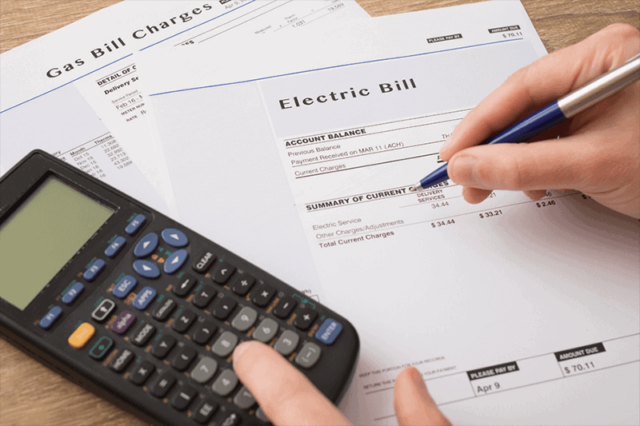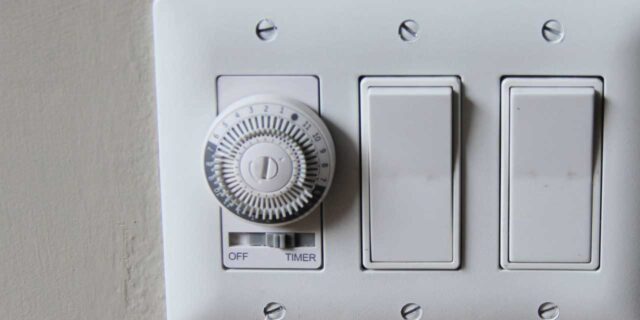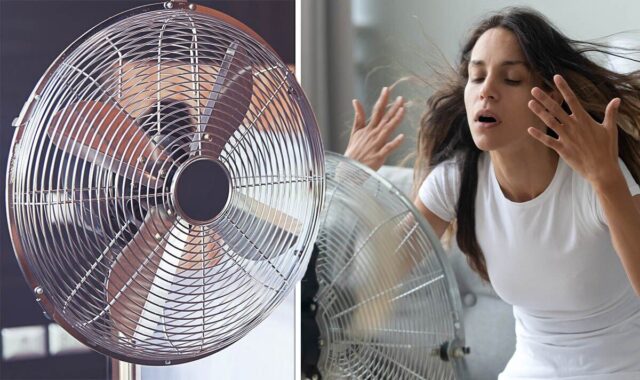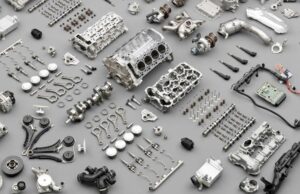
As a business owner, you might feel as though the bills are never-ending. Especially if you have an office where you not only need to pay rent but also need to factor in power, lunch, heating, phone plans, and much more.
Thankfully, there are several ways to cut down on some of your expenses without compromising the work environment. Below are a few examples of easy and small fixes that can benefit you financially.
Switch to newer and more cost-efficient equipment

Old appliances are usually not as energy efficient as newer models. On top of that, they might be less effective in general. Therefore, it can be financially beneficial to switch to newer and smarter types of equipment, such as smart building ventilation.
From coffee machines to ventilation and air purification, your employees might even thank you for making the switch to something newer. For example, clean air and a comfortable indoor environment can make the office a much nicer place to work and spend time in general.
Consider what drinks and snacks to put out
It is seldom a bad idea to ensure your employees have access to snacks and drinks at the office. In fact, it might even boost morale. However, there is no need to serve a huge variety of several different kinds of soda or more than a couple of options of fruit. First of all, it becomes a bigger expense this way. Second, there is a bigger chance of fruit, especially, going bad if the selection is too big.
Install timers on lights and electronics

Chances are that your office has rooms or areas that are only used at certain times throughout the workday. This could be anything from a canteen or designated area to meeting rooms. Even bathrooms are usually not in constant use. However, these areas are often left with the light still on. This can be due to many different reasons, such as not realizing you are the last person to leave or maybe due to a busy schedule – or simple forgetfulness.
Meeting rooms especially can use a lot of unnecessary electricity as they might be equipped with monitors, microphones, and so on for online meetings. And as there might be several meetings throughout the day, it might not make sense to turn off the equipment every time a meeting is over. This might make sense, but it can also make it hard for employees to know if their meeting was the last. Therefore, installing motion sensors for lights or timers for electronics can help save you some money on your business’s monthly bills.
Managing temperature
Managing temperature is a crucial component of reducing energy costs in the office. The temperature of the office can impact both the comfort of employees and the amount of energy used for heating or cooling. By implementing strategies to manage temperature effectively, companies can significantly reduce energy consumption and save money.
Adjust Thermostats

One of the simplest ways to manage temperature in the office is by adjusting thermostats. By setting the thermostat a few degrees lower in winter and a few degrees higher in summer, companies can reduce their heating and cooling costs without compromising the comfort of employees. Many modern thermostats can be programmed to automatically adjust the temperature during off-hours, further reducing energy consumption.
Use Fans

Another strategy to manage temperature is by using fans. Fans are an effective and energy-efficient way to circulate air and create a more comfortable working environment. By using ceiling or portable fans, companies can reduce their reliance on air conditioning and save money on energy bills.
Reduce Drafts
Drafts can cause significant energy loss and increase heating and cooling costs. Simple steps such as sealing windows, doors, and vents can help prevent drafts and maintain a consistent temperature in the office.
Encourage Employee Participation
Employee participation is key to managing temperature and reducing energy costs. Companies can encourage employees to dress appropriately for the season, reminding them to wear sweaters during winter months or lighter clothing during summer months. Additionally, companies can provide training on how to properly adjust thermostats and use fans, ensuring that employees understand how to use these tools effectively.
Reduce Energy Consumption of Office Equipment

Reducing the energy consumption of office equipment is an effective way to cut down on energy costs in the workplace. One of the most significant ways to reduce energy usage is by using energy-efficient equipment, such as computers, printers, and other electronics. These devices are designed to operate with lower energy requirements, which translates into lower energy bills for the company.
Additionally, turning off equipment when not in use and enabling power-saving modes can significantly reduce energy consumption. Implementing power strips to consolidate the power supply for multiple devices can also help reduce energy usage. Regular maintenance of office equipment can also help ensure that they operate efficiently, avoiding any energy waste. Overall, reducing the energy consumption of office equipment is a simple and effective way to lower energy costs and contribute to a more sustainable workplace.
Encourage Energy Saving Habits

Education and Awareness
Educating employees about energy conservation and its benefits can raise awareness and encourage them to make a conscious effort to save energy. Training sessions and workshops can be organized to educate employees about energy-saving strategies, such as turning off lights, adjusting temperature, and using energy-efficient equipment.
Implement Energy-Saving Policies
Setting energy-saving policies can help reinforce the importance of reducing energy consumption. The policies can include measures such as turning off equipment after hours, encouraging the use of natural light, and optimizing heating and cooling systems. These policies should be communicated to employees through company newsletters or other communication channels.
Encourage Eco-Friendly Practices
Encouraging employees to adopt eco-friendly practices can also contribute to energy conservation. This can include using reusable cups and dishes instead of disposable ones, recycling paper and other materials, and reducing the use of plastic.
Incentivize Energy-Saving Behaviors

Rewarding employees who consistently demonstrate energy-saving behaviors can be an effective way to motivate others to adopt similar practices. Incentives such as gift cards, extra vacation days, or public recognition can be given to employees who excel in energy-saving efforts.
Conclusion
In conclusion, reducing energy consumption in the workplace is crucial for saving costs and contributing to a sustainable future. Simple strategies such as optimizing lighting usage, managing temperature, and reducing energy consumption of office equipment can have a significant impact on energy bills. Encouraging employees to adopt energy-saving practices such as using energy-efficient equipment, turning off equipment when not in use, and implementing eco-friendly practices can further contribute to energy conservation. Through education, awareness, and incentive programs, companies can promote a culture of energy conservation and sustainability.












